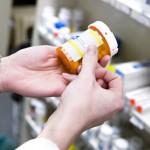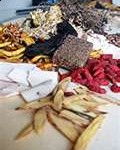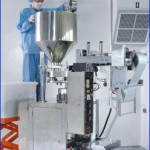 I’ve always enjoyed my vacation time in Minnesota. I happened to be in Minneapolis for it’s Bi- centennial celebration a few years back. They had more than an hour of the most amazing fireworks I’ve ever seen. If you’ve never been there it’s truly the heart-land of America. Real people, real friendly. I had to blog on this news that Minnesota, not on a coast and not really considered the health crazed capital of the country is leading the way with equal access laws regarding alternative medicine practitioners. This new law takes affect and applies to insurance coverage issued, renewed or continued on or after Aug.1, 2009 Very exciting, the next step is on the national level with Medicare.
I’ve always enjoyed my vacation time in Minnesota. I happened to be in Minneapolis for it’s Bi- centennial celebration a few years back. They had more than an hour of the most amazing fireworks I’ve ever seen. If you’ve never been there it’s truly the heart-land of America. Real people, real friendly. I had to blog on this news that Minnesota, not on a coast and not really considered the health crazed capital of the country is leading the way with equal access laws regarding alternative medicine practitioners. This new law takes affect and applies to insurance coverage issued, renewed or continued on or after Aug.1, 2009 Very exciting, the next step is on the national level with Medicare.
Here’s a report from the American Association of Acupuncture and Oriental Medicine, ( AAAOM) by Kris Berggren.
A new law, effective August 1, provides equal access to a licensed acupuncture practitioner for services covered under a regulated health plan. If acupuncture services provided by a physician are covered, the same services provided by a licensed acupuncture practitioner must also be covered. It does not require health plans that don’t cover any acupuncture services to begin doing so.
The law is also a memorial to Edith R. Davis, considered Minnesota’s pioneer acupuncturist, who brought “the whole area of acupuncture into the light of day and (made) sure that we have good standards,” said Rep. Karen Clark, (DFL-Mpls), who sponsors the law with Sen. Linda Berglin.
Advocates said that a growing body of scientific evidence supports the benefits of acupuncture for a variety of conditions and that the treatment is rarely associated with complications. They also said only about a dozen Minnesota physicians or chiropractors are board-certified in medical acupuncture.“Acupuncturists licensed under Board of Medical Practice’s very high standards ironically are not allowed to get reimbursed, and often their prices are lower and they are far more qualified to practice acupuncture than are physicians, even those with acupuncture licenses,” said Rep. Jim Abeler (R-Anoka).




![ginger[1] ginger[1]](http://www.pacherbs.com/wp-content/uploads/2009/08/ginger12-150x150.jpg)
 Drink Ginger tea”
Drink Ginger tea”






